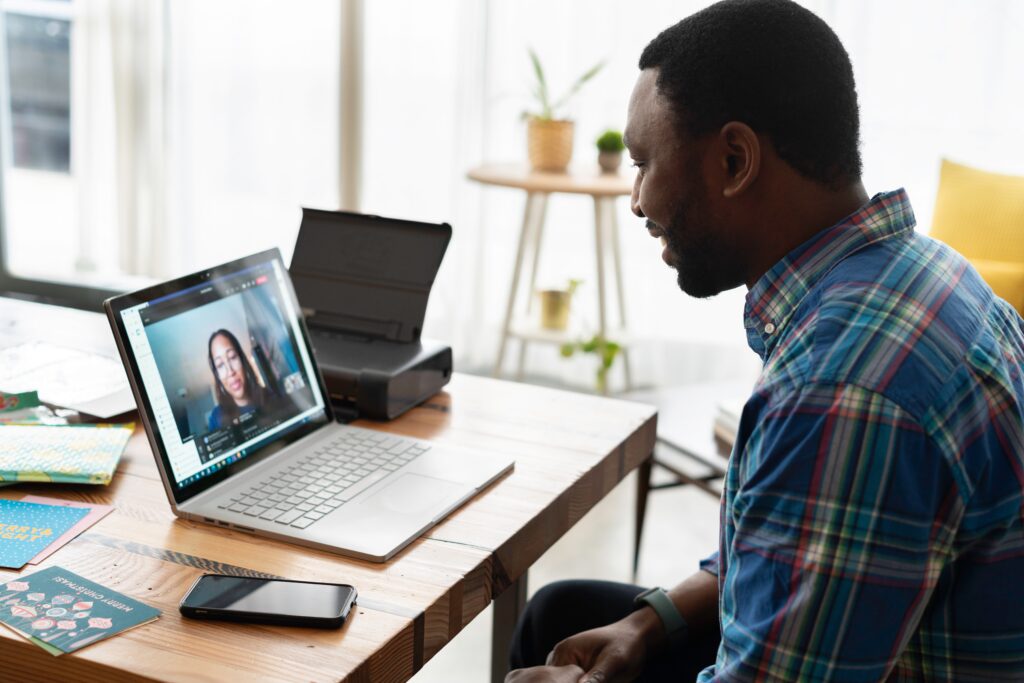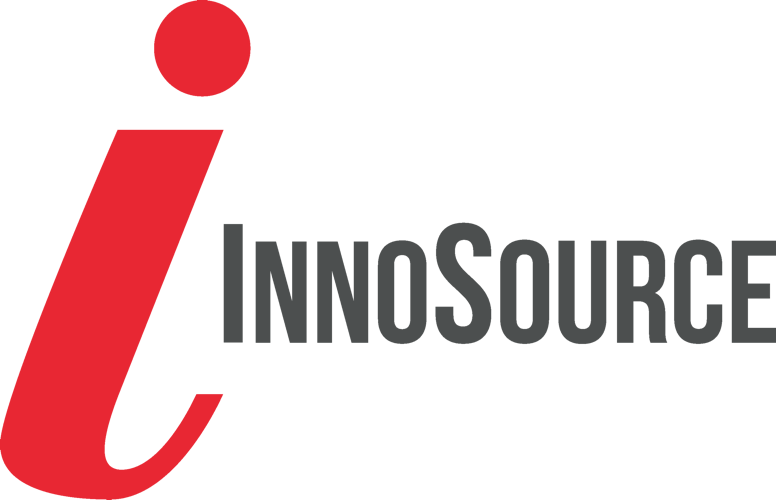
Acing the Discussion: Six Tips to Stand Out in a Virtual Interview
Mar 15, 2023
By InnoSource Team
- Be prepared. Certainly, research the company, position and people who will be interviewing you. But also, test each part of the technology you’ll be using. If that’s Zoom or Teams, make sure you’ve downloaded the apps and can sign into them quickly — ideally, prior to the day of your interview. Sign on early to the meeting to be sure the technology and your internet connection are working that day. Charge your laptop or phone, and have chargers nearby in case something fails. Get a backup set of headphones. Print a copy of your resume so you can quickly and easily reference dates and experiences throughout your career. Make sure every piece is in place, so when the interview starts, you can focus on giving the best answers you can.
- Adapt and problem-solve. Virtual interviews are, honestly, excellent opportunities for both employers and job candidates to evaluate one another, because something is almost guaranteed to go wrong. No matter how much preparation you might do, you can’t plan for, say, a delivery driver ringing your doorbell mid-interview, or your dog barking in response, or the audio on your laptop failing to connect. But how you respond to pressure speaks volumes about the kind of employee you might be. If something goes awry during your interview, do you get frustrated, tense and angry? Or do you adapt and find solutions? I know which person I’d rather hire — and it’s not the one slamming their laptop shut because something unexpected occurred.
- Be aware of your body language. In a virtual interview, it might be tempting to relax in a way you wouldn’t during an in-person meeting. But, if anything, a virtual interview requires even greater attention to how you are presenting yourself. Look at the camera and try to make eye contact with the people who are interviewing you. Share your feelings when the interviewer mentions something that excites you. Virtual interviews can often come across as robotic and unfeeling. Do your best to stop that from happening — and if it feels awkward, practice in front of a mirror or a peer until it doesn’t.
- Remove distractions and put your best face forward. It should go without saying, but: Turn off the TV. Take the interview in a quiet room. Use headphones to limit background noise. Consider your background, either by using a virtual background that conveys professionalism, or by choosing to do the interview in front of a blank wall. Position your camera to show yourself from at least the shoulders up, and be sure your face is clearly visible before the meeting begins. Consider the lighting — it should be in front of your face, not behind you. Dress professionally. And, please, turn the ringer off on your phone.
-
Connect. And I don’t mean with the internet, although of course you should test that connection, too. But finding ways to connect with the people interviewing you will help you stand out. Ask about their day, about their work, about the company. People are looking to hire people they want to work with. Being friendly and curious will help them want to work with you.
- Follow up. I’m always amazed — and not in a good way — when people don’t send thank you notes. Take an hour to think about the interview, then send follow-up notes to each person who met with you. Mention something they said about the company or position that resonated with you. Expand upon an answer you gave during the interview. But above all, thank them for their time. They just helped you along your career path, regardless of whether you get an offer.

